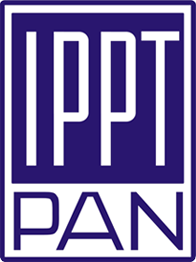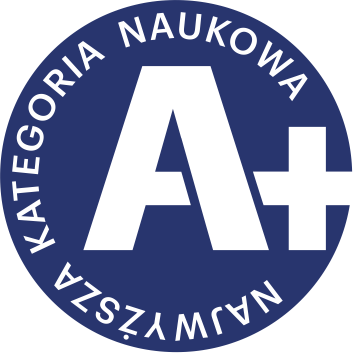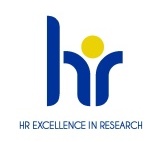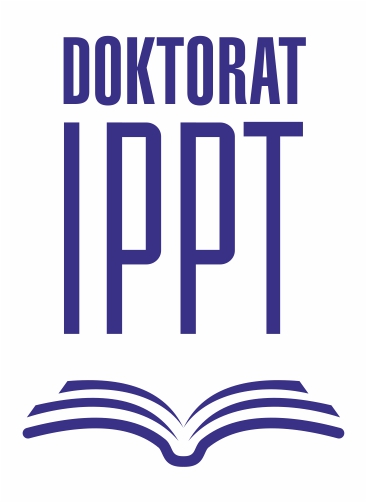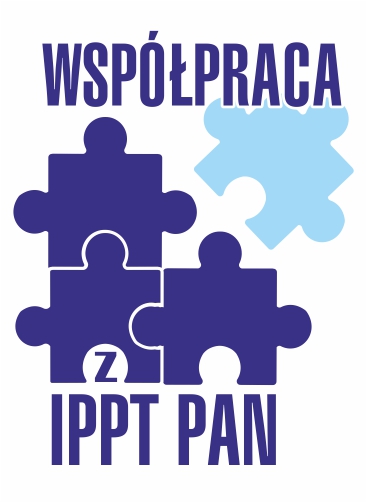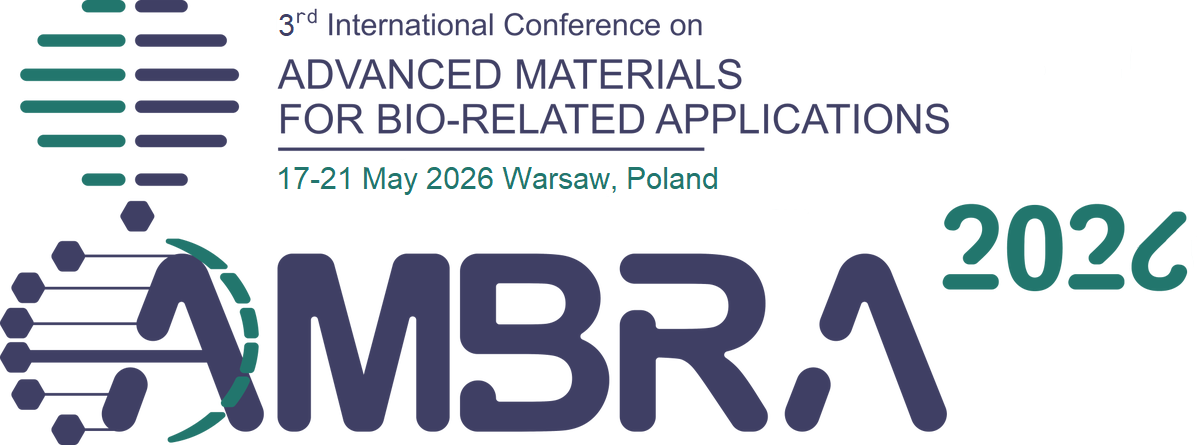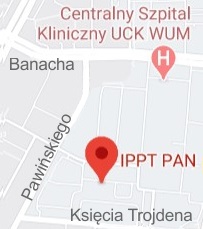| 1. |
Kowalski A.♦, Piros T.♦, Błoński S., Kurniawan T., Korczyk P., Hołyst R.♦, Microfluidic-based platform for the semi-automated study of concentration, diffusion, and equilibrium binding of biomolecules,
Chemical Engineering Journal, ISSN: 1385-8947, DOI: 10.1016/j.cej.2025.169512, Vol.524, pp.169512-1-10, 2025 Streszczenie:
We introduce a novel microfluidic-based platform that automates single-molecule-sensitive measurements of biomolecular interactions using Fluorescence Correlation Spectroscopy (FCS) combined with FRET and Molecular Brightness Analysis (MBA). The developed system allows for the simultaneous analysis of biomolecule concentration, diffusion coefficient, and equilibrium constant in nanoliter-volume droplets. At the same time, it speeds up the measuring procedure by 5 times compared to the standard one, reduces reactant consumption by 2000 times compared to conventional cuvette-based FCS measurements, and limits the researcher’s intervention to setting up the experiment and calibrating the microscope. We show the performance of the platform by studying DNA–DNA complex formation in response to ionic strength changes, as well as interactions of idarubicin with various nucleic acid complexes. The proposed solution paves the way for the automated optimization of non-covalent reaction conditions, leveraging non-invasive, high-precision statistical methods. Słowa kluczowe:
Fluorescence correlation spectroscopy, Microfluidics, Biomolecular interactions, Automation, Diffusion coefficient, Equilibrium constant, DNA hybridization Afiliacje autorów:
| Kowalski A. | - | inna afiliacja | | Piros T. | - | inna afiliacja | | Błoński S. | - | IPPT PAN | | Kurniawan T. | - | IPPT PAN | | Korczyk P. | - | IPPT PAN | | Hołyst R. | - | inna afiliacja |
| 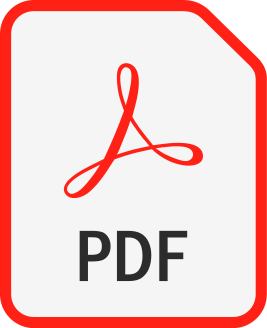 | 200p. |
| 2. |
Richter Ł.♦, Żuk P.J., Szymczak P.♦, Paczesny J.♦, Bąk K.M.♦, Szymborski T.♦, Garstecki P.♦, Stone H.A.♦, Hołyst R.♦, Drummond C.♦, Ions in an AC electric field: strong long-range repulsion between oppositely charged surfaces,
PHYSICAL REVIEW LETTERS, ISSN: 0031-9007, DOI: 10.1103/PhysRevLett.125.056001, Vol.125, No.5, pp.056001-1-5, 2020 Streszczenie:
Two oppositely charged surfaces separated by a dielectric medium attract each other. In contrast we observe a strong repulsion between two plates of a capacitor that is filled with an aqueous electrolyte upon application of an alternating potential difference between the plates. This long-range force increases with the ratio of diffusion coefficients of the ions in the medium and reaches a steady state after a few minutes, which is much larger than the millisecond timescale of diffusion across the narrow gap. The repulsive force, an order of magnitude stronger than the electrostatic attraction observed in the same setup in air, results from the increase in osmotic pressure as a consequence of the field-induced excess of cations and anions due to lateral transport from adjacent reservoirs. Afiliacje autorów:
| Richter Ł. | - | inna afiliacja | | Żuk P.J. | - | IPPT PAN | | Szymczak P. | - | Uniwersytet Warszawski (PL) | | Paczesny J. | - | inna afiliacja | | Bąk K.M. | - | inna afiliacja | | Szymborski T. | - | inna afiliacja | | Garstecki P. | - | Institute of Physical Chemistry, Polish Academy of Sciences (PL) | | Stone H.A. | - | Princeton University (US) | | Hołyst R. | - | inna afiliacja | | Drummond C. | - | inna afiliacja |
| 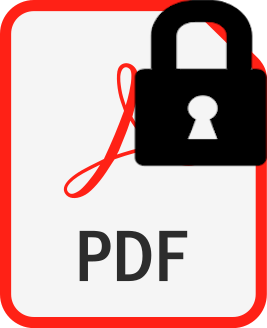 | 200p. |
| 3. |
Szymborski T.♦, Korczyk P.M., Hołyst R.♦, Garstecki P.♦, Ionic polarization of liquid-liquid interfaces; dynamic control of the rate of electro-coalescence,
APPLIED PHYSICS LETTERS, ISSN: 0003-6951, DOI: 10.1063/1.3629783, Vol.99, pp.094101-1-4, 2011 Streszczenie:
Electrostatic forces are the strongest interactions in soft matter physics, yet they are usually screened by ions present in the solutions. Here we demonstrate that the extent of ionic polarization of liquid-liquid interfaces can be dynamically controlled via appropriate choice of the strength and frequency of the external electric field. Results of microfluidic experiments on electro-coalescence of droplets of aqueous solutions of salt provide guidelines for optimization of the process. Słowa kluczowe:
electro-coalescence, droplets, microfluidics Afiliacje autorów:
| Szymborski T. | - | inna afiliacja | | Korczyk P.M. | - | IPPT PAN | | Hołyst R. | - | inna afiliacja | | Garstecki P. | - | Institute of Physical Chemistry, Polish Academy of Sciences (PL) |
|  | 40p. |



